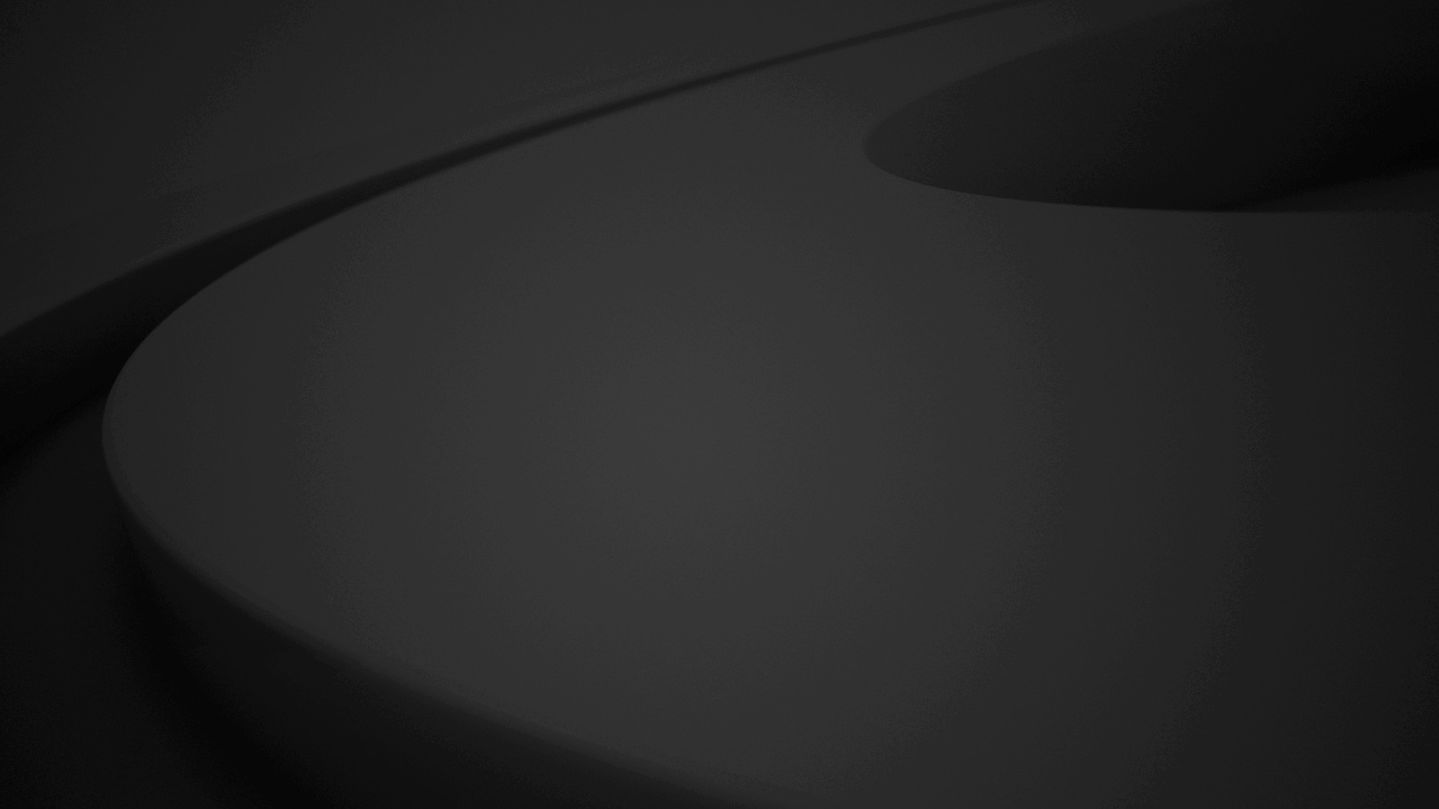Story highlights
Paula Bronstein's photos show a changing Afghanistan
Advances have been made, but life can still be difficult for women and girls
When I saw Paula Bronstein in Nepal in April, she’d just returned from Kabul, one of many trips she has made there over the years. She was excited to talk about Afghanistan and told me she couldn’t believe her book was finally on the verge of publication.
Paula and I worked on a couple of stories on the anniversary of the devastating 2015 Nepal earthquake. I watched her shoot – careful to not click away with her camera but choose her subjects and moments with thought and precision. She was generous to the people she chose to photograph and presented herself first as a human being who cared and second as the tremendous photojournalist that she is.
I understood then the breadth of her upcoming book, “Afghanistan: Between Hope and Fear.” I’ve never worked with Bronstein in Afghanistan, but seeing her work in Nepal I could imagine what great care she had taken to document a nation in constant conflict.
I looked through the images in an advance copy of her book, drawn to them like a magnet to metal. The book opens with a photograph of a woman in a white burqa enjoying an afternoon with her family (photo No. 2 in the gallery above). They are feeding the pigeons at the famous Blue Mosque in the northern city of Mazar-e-Sharif, white wings of the birds fluttering in mid-air.
There aren’t a lot of parks or green spaces in Afghanistan, Bronstein tells me. The Blue Mosque is an open-air space that Afghans treasure.

In Mazar-e-Sharif, the women wear white burqas, not the traditional blue ones that have become synonymous with the oppression of women in Afghanistan. The woman in Bronstein’s photo looks angelic. I gaze at the pigeons and cannot help but think of how free they look compared to the woman.
But Bronstein cautions against viewing her book through Western stereotypes.
“The reason why women wear burqas half the time is that they are insecure not wearing them,” she says. “It’s not always that the husband says, ‘You have to wear it.’ She is so not used to being seen.”
So maybe the woman in the picture is not caged at all, I think. Maybe it’s more an image of hope than fear, the two poles explored in Bronstein’s book. She sensed an odd closeness between the two in Afghanistan.
‘The world cannot forget’
Bronstein first crossed into Afghanistan from the Pakistani city of Quetta in the fall of 2001, eager to photograph a troubled and then-unfamiliar land.
The post-9/11 U.S. bombing campaign was winding down, and Bronstein pointed her camera at people fleeing war: a boy walking his three donkeys past rows of refugee tents, a man desperately clutching a bag of rice, a beggar missing his left leg.
Afghanistan seemed like a lawless place, harsh like its arid, craggy Hindu Kush landscape. But it worked its magic on Bronstein, says her friend and fellow journalist Kim Barker. It “got under her skin.”
So the photographer from Connecticut kept going back, documenting people who knew a vastly different life than her own, every aspect tinged by war.
“If conflict is all you ever experience,” she asks, “can happiness ever be defined without it?”
Now, almost 15 years after her first trip, Bronstein’s collection of photos is impressive. Her book is set to publish in July.
She shows us boys at soccer practice at Darul Aman Palace, gutted by heavy shelling. Children carrying toy guns at a New Year’s celebration. A woman standing in front of blast walls decorated with graffiti calling for peace.
It is a feast of imagery that could not have been served at a better moment in history, the protracted conflict having dulled Afghanistan to American sensibilities.
I Skype with Bronstein from her apartment in Bangkok, where she is based these days. She tells me she worried no one would care about Afghanistan anymore.
“But the world cannot forget Afghanistan,” she says. “The problems are still there and the headlines show it.”
The Taliban has just named a new leader after its previous one was killed in a U.S. drone strike. The news is breaking on CNN as Bronstein and I talk.
She says that through her photographs, she wants people, especially in the United States, to see Afghanistan anew. It’s not just a country of war and suffering, she says, but one that is far more nuanced. Every time she returns to Afghanistan, she knows she will capture images of the intricacies of life she might not have otherwise imagined.
Many of her photographs are dark – there is no getting around that in Afghanistan – but many portray everyday life. Children on skateboards. Politicians on campaign trails. An Olympic runner training in the hills high above Kabul. A bride and groom in a taxi cab.
She says 90% of the headlines from Afghanistan are bad but that somehow lives go on. People have learned to cope even under the most punishing of circumstances, which closes the distance perhaps between fear and hope.
I see it in a photo Bronstein took of women carrying the casket of 27-year-old Farkhunda Malikzada (photo No. 5 in the gallery above). Malikzada was falsely accused of desecrating a Quran and beaten to death by a crowd of angry men. She was then run over by a Toyota truck, dragged unceremoniously through the Afghan capital, dumped onto the dry bed of the Kabul River and set afire. One report described her body as so blood-soaked that the flames would not catch.
The shocking March 2015 incident was caught on cell phone video and served as painful proof of how little Afghanistan had changed, despite years of Western intervention. It was also one of the most glaring examples of the abuse women endure and explains why a Thompson Reuters Foundation poll listed Afghanistan as the most dangerous country for women.
And yet, Afghan women took unprecedented action that day. They did not sit at home as they normally might have done but took to the streets for the funeral procession, carrying Malikzada’s body to her grave.
“They did not want male hands on her casket,” Bronstein says.
Bronstein captured the moment, described by writer Christina Lamb as “Shakespearean in power.” It is a moment that stirs hope that one day, women in Afghanistan will stand equal to men.
Lamb, who has reported from Afghanistan since the 1980s and has authored several books on the country, says she has witnessed noticeable change in the years since the Taliban was ousted from power.
Back then, girls could not go to school, and women could not work or leave home without being escorted by a male relative. They were beaten for wearing lipstick or nail polish. They were shrouded under baggy burqas and not even allowed to laugh out loud in public.
“Today, however, the bazaars are full of women, and lines of girls head to school with book bags proudly held on their backs, a sight that still makes me smile,” Lamb writes in the introduction to Bronstein’s book.
Suffering quietly, and violently
Bronstein says sometimes she feels a distinct advantage as a female photographer working in Afghanistan, at least in terms of access. She recognizes she would never have been allowed into homes to make such intimate photos had she been a man.
“They also like that I care about them,” Bronstein says of the women in her photographs. “They are used to people, especially men, not caring.”
But she is also subject to the ways and whims of a nation ruled by men. On one project about a group of women, she says, male relatives refused to allow her to return to the women’s homes.
Bronstein’s photos show the suffering of women in a quiet way: Gulshan, 29, struggles to feed her six children in Kabul; she is among the more than 2.5 million war widows created by decades of conflict.
And in overtly violent ways: Nazgul shrouds herself in a bright pink scarf, embarrassed by her scars. She is among so many Afghan women who doused hot cooking oil on their bodies in an attempt to self-immolate and end their suffering.
Bronstein shows us women who became heroin addicts to relieve their pain: Sabera’s teenage son also became an addict after seeing his mother high all the time.
And women who got pregnant in the most difficult place to give birth: Noor Bibi waited at the bedside of her frail and bony 5-pound, 10-month-old son as he was dying of malnutrition. UNICEF estimates 134 out of every 1,000 Afghan children die before their first birthday.
But Bronstein also gives us the Afghanistan that is making progress. Girls raising their hands in a classroom in Kabul. A woman on her way to a party after a makeover at a beauty parlor. And women attending political campaign events and casting a ballot.
In one photo, burqa-clad women wait to vote in a gender-segregated polling center. Bronstein says that when she raised her camera, the women cowered and turned away as though their identities might be revealed, even though they remained faceless under their blue veils.
“These women can’t be seen, but they are still afraid they will be disclosed,” Bronstein writes at the end of her book. Again, she says, the scene reveals the constant tension between reality and optimism.
Bronstein’s book is publishing soon after she travels back to the United States to receive a courage in photojournalism award that honors Anja Niedringhaus, who was killed in 2014 while reporting in Afghanistan.
Her death was difficult for journalists who cover war but especially so for Bronstein, who was a friend.
Yet Bronstein remains committed to portraying those who might otherwise be forgotten in a seemingly endless conflict. In doing so, her images evoke emotions that are like Afghanistan itself, caught in that space between hope and fear.
Paula Bronstein is a photographer based in Bangkok, Thailand. She is represented by Getty Images Reportage. You can follow her on Facebook, Instagram and Twitter. Her book “Afghanistan: Between Hope and Fear,” will be published by University of Texas Press.























